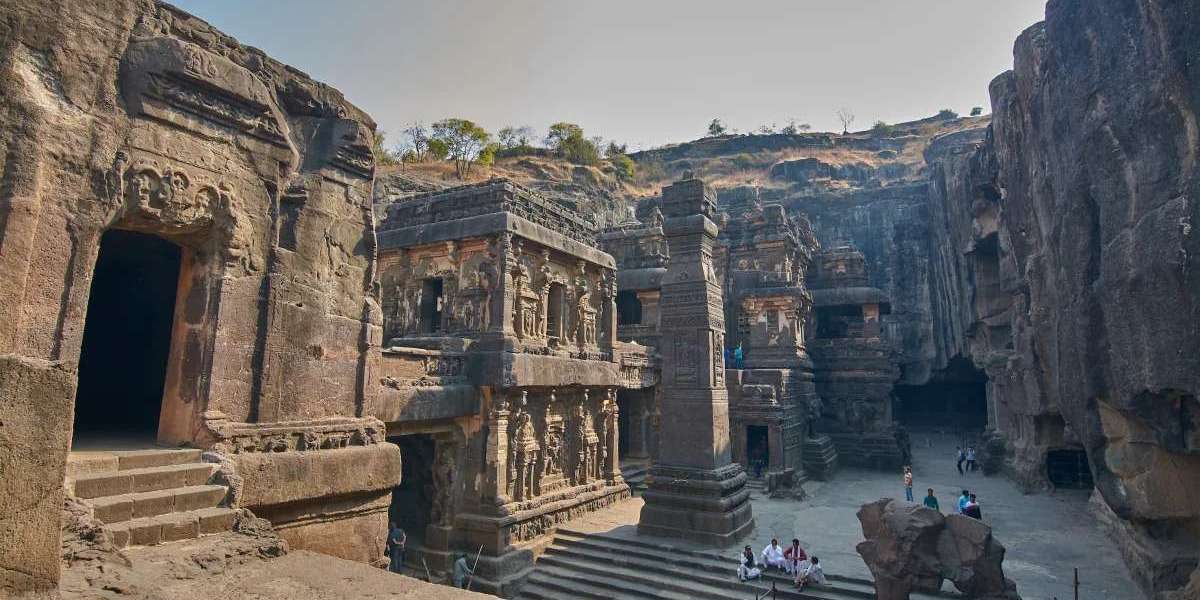The Ellora Caves are a UNESCO World Heritage site located in the state of Maharashtra, India. These ancient rock-cut temples and monasteries are a testament to India’s rich cultural, architectural, and religious history. Spread over 2 kilometers, the Ellora Caves consist of 34 caves, which were created between the 5th and 10th centuries. They represent an impressive blend of Buddhist, Hindu, and Jain architecture, making them one of the most significant and unique archaeological sites in the world.
Ellora is located about 30 kilometers from the city of Aurangabad and is easily accessible by road. The caves are carved into the walls of a high basalt cliff, and they feature intricate carvings, sculptures, and paintings that depict various religious stories and deities. Each cave serves as a testament to the artistic and spiritual vision of the people who created them.
Among the 34 caves at Ellora, 12 are Buddhist, 17 are Hindu, and 5 are Jain. The diversity in the religious nature of these caves showcases the coexistence and tolerance of different religions in ancient India. The Buddhist caves, primarily monasteries, are known for their simple yet elegant designs, with large prayer halls, meditation cells, and Buddha statues. The Hindu caves are more ornate, with massive temples dedicated to deities like Shiva, Vishnu, and Brahma. The Jain caves, though fewer in number, are no less impressive, with their elaborate carvings and intricate architecture.
One of the most famous caves at Ellora is Kailasa Temple (Cave 16), a single monolithic structure carved out of a massive rock. It is one of the largest rock-cut temples in the world and is dedicated to Lord Shiva. The Kailasa Temple is an architectural marvel, with its grand sculptures, intricate carvings, and stunning courtyard. The temple complex includes a huge central shrine, surrounded by smaller shrines, all carved from a single piece of rock, which highlights the skill and ingenuity of the craftsmen who built it.
In addition to the Kailasa Temple, Cave 10 (The Vishvakarma Cave) and Cave 32 (The Dashavatara Temple) are also significant for their artistic and historical value. The caves feature beautiful sculptures of gods, goddesses, and celestial beings, showcasing the skilled craftsmanship of ancient artisans.
The Ellora Caves not only stand as a symbol of architectural brilliance but also provide valuable insight into the religious and cultural life of ancient India. They were once active centers of worship, learning, and trade. Today, they attract thousands of tourists, historians, and scholars from around the world, eager to witness the extraordinary blend of art, spirituality, and history.



